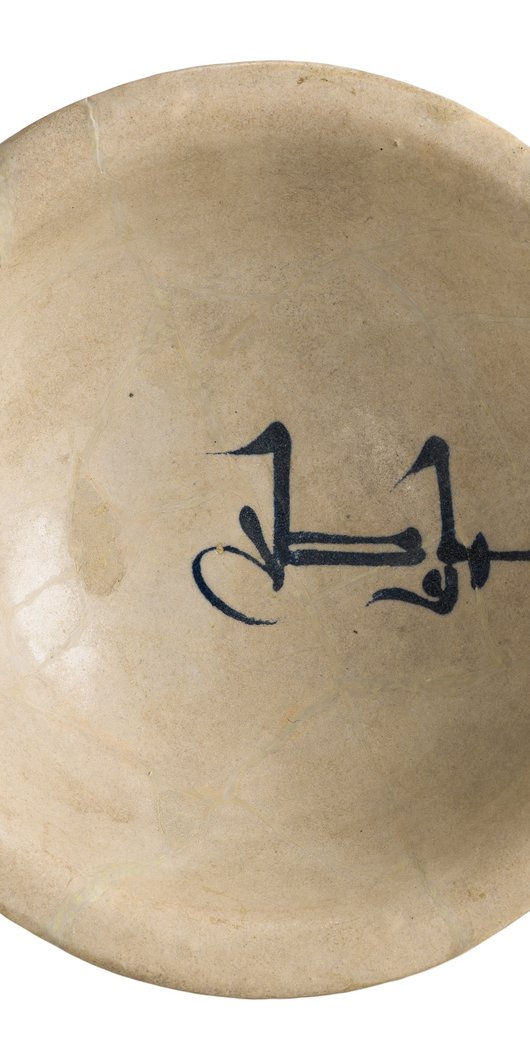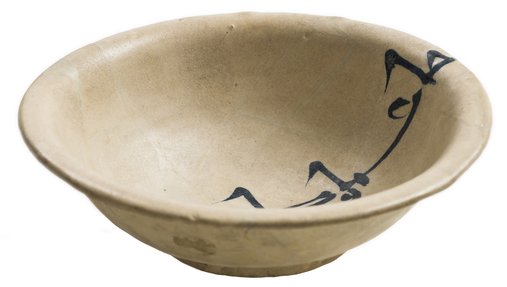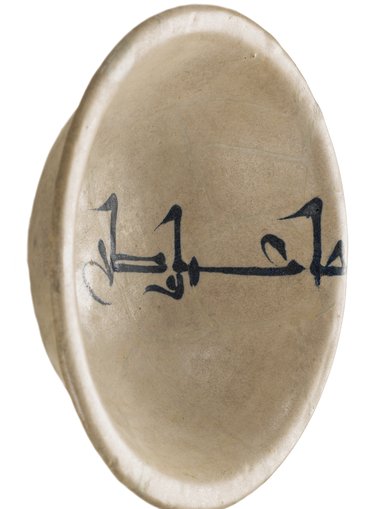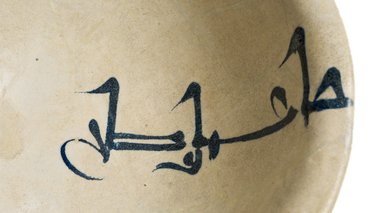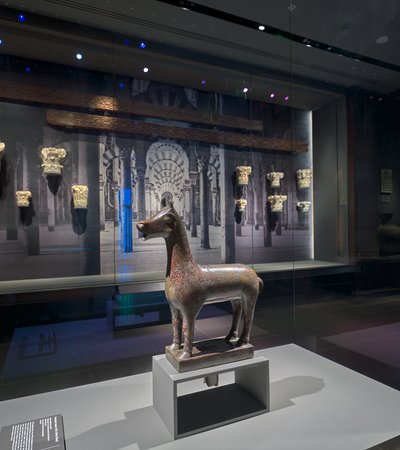Under the Abbasids (132–656 AH/750–1258 CE), trade across the Indian Ocean reached new heights, benefitting from the caliphate’s commercial prosperity and, by extension, its increased political stability. From their new capital in Baghdad, located between the Tigris and Euphrates rivers, the Abbasids had direct access to the Indian Ocean via the port of al-Ubullah, near Basra. To the east, the rise of the Tang and Song dynasties (618–907 CE and 960–1279 CE) in China brought a similar period of political stability and economic prosperity. This environment stimulated demand for exotic luxury goods among urban elites from both ends of the imperial nexus, resulting in the development of an international trading network that linked Abbasid Iraq with Tang China.
Chinese ceramics were one of the goods that frequently found their way across the Indian Ocean into Iraq. The Gulf region exported mainly pearls, horses and agricultural products, in particular date molasses, a rich, syrup-like, natural sweetener made from pressed dates, known as دبس (dibs). This ingredient was highly praised in Chinese pharmacopeia for its special healing properties. The demand for fresh dates, date molasses, honey and other commodities had huge economic implications for the region with its rich flora and fauna.
